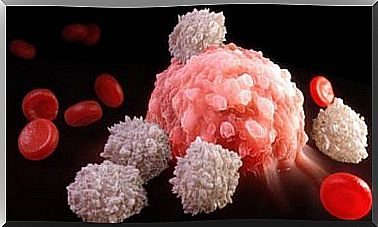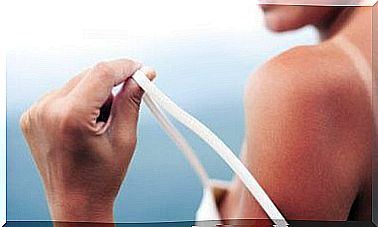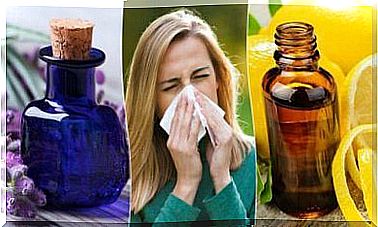Everything You Need To Know About Treating Erysipelas
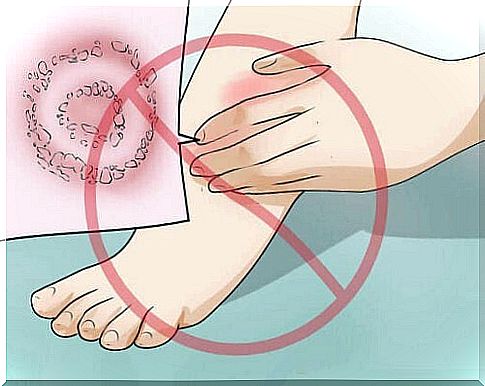
Erysipelas is caused by the group of group A streptococcal bacteria, which are the same bacteria that cause streptococci in the throat. The infection causes large, red bumps on the skin. In most cases, it mainly affects the face and legs. Read everything you need to know about treating erysipelas in this article.
Symptoms
- Fever
- Cold
- Freezing
- General discomfort
- Skin problems, which tend to be red and swollen with raised edges.
- Blisters can also occur in the affected area. When erysipelas affects the face, the inflamed area usually includes the nose and both cheeks.
In addition , erysipelas also causes glandular inflammation, which can be extremely uncomfortable as it can be painful for the patient.
Causes of erysipelas
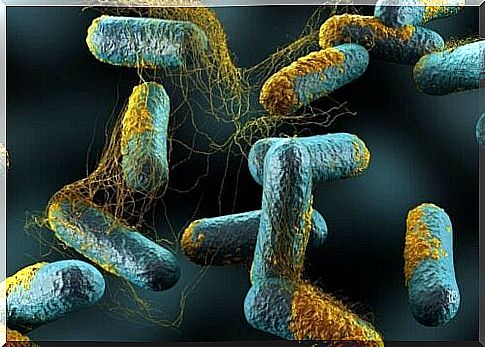
Erysipelas occurs when group A streptococcal bacteria penetrate the outer barrier of the skin. These bacteria usually live on the skin and other surfaces without causing any damage. However, the bacteria can enter the skin through cuts or wounds, resulting in an infection.
Conditions that involve sores and tears in the skin, such as athlete’s foot and eczema, can sometimes lead to erysipelas. Erysipelas can also occur when bacteria spread through the nasal passages after a nose or throat infection.
How to treat erysipelas?
Pharmaceutical treatment
The streptococcal bacteria are responsible for most cases of erysipelas. Therefore, penicillin has been the main treatment for the infection. Oral or intramuscular penicillin is sufficient to treat most of the classic cases of erysipelas. The treatment should last for 5 days, but if the infection does not improve, the doctor can extend the treatment.
First-generation cephalosporins may also be an option if the patient has penicillin allergies. Cephalosporins may cross-react with penicillin and should be administered with caution in patients with a history of severe penicillin allergy.
Clindamycin is a therapeutic alternative. However, group B streptococcal bacteria are clindamycin resistant. Treating yellow staphylococci is usually not necessary for most infections. However, it should be considered for patients who are not improved by penicillin or for those who have an abnormal form of erysipelas, including erysipelas bullosa.
Some researchers believe that erysipelas on the face requires empirical treatment with a penicillinase-resistant antibiotic – such as dicloxacillin – to treat possible infections of yellow staphylococci. However, there is no evidence to support this recommendation.
Roxithromycin and pristinamycin are extremely effective in treating eyrispelas. Several studies show greater efficacy and fewer side effects in treatments using these drugs compared to those using penicillin. While the US Food and Drug Administration has not approved these substances in the US, they are used in Norway and Europe.
Surgery to treat erysipelas

Doctors will only resort to surgery when the infection has developed rapidly and killed healthy tissue (necrosis). A surgical operation may then be necessary to remove dead tissue. Although patients can avoid relapse after proper antibiotic treatment, it is important to do so quickly.
In addition to antibiotics, other forms of treatment include:
Symptomatic treatment for pain and fever
- Ice packs
- Hydration (via ingestion if possible).
- Keep the affected limb raised. It is recommended to raise the area to reduce inflammation and pain.
- Bandages with saline solution should cover the areas showing sores and necrosis. In addition, they should be changed every 2 to 12 hours, depending on the severity of the infection.
Natural remedies to treat eryispelas

- Treatment with almond oil. Cold pressed almond oil is one of the most effective ways to eliminate the red spots that result from anesthetic erysipelas. After several applications with almond oil, the skin can achieve full recovery as if there were never any spots or marks there in the first place.
- Treatment with wormwood. Clean the affected area with a tea of wormwood twice a day. Then take the medicine prescribed by your doctor. Your doctor will most likely have prescribed antibiotics, which are very effective in the early stages of the infection.
- Treatment with green salad. Applying green lettuce is another surprisingly natural treatment for erysipelas. Make sure you blanch them lightly before applying them.
- Treatment with pharmacy cat cheese. Another great treatment you can try is a treatment with boiled leaves and roots (decoction).
Recommended diet to treat erysipelas
The diet should include a good amount of fruit (around 20% of your daily dietary intake). In addition, your diet should exclude fried foods and meat. Choose fish and eggs instead. Follow the diet for 6 months, and allow only small breaks in between.
References
Erysipelas Treatment & Management, MedScape, https://emedicine.medscape.com/article/1052445-treatment
Which treatment for erysipelas? Antibiotic treatment: drugs and methods of administration, PubliMed.gov. https://www.ncbi.nlm.nih.gov/pubmed/11319362
Erysipelas: Causes, symptoms, and treatment, Medical News Today, https://www.medicalnewstoday.com/articles/317973.php
Example: causes, risk factors, signs, symptoms, treatment, prevention, prognosis, ePainAssist, https://www.epainassist.com/skin/erysipelas
Erysipelas, National Organization for Rare Disorders NORD, https://rarediseases.org/rare-diseases/erysipelas/







